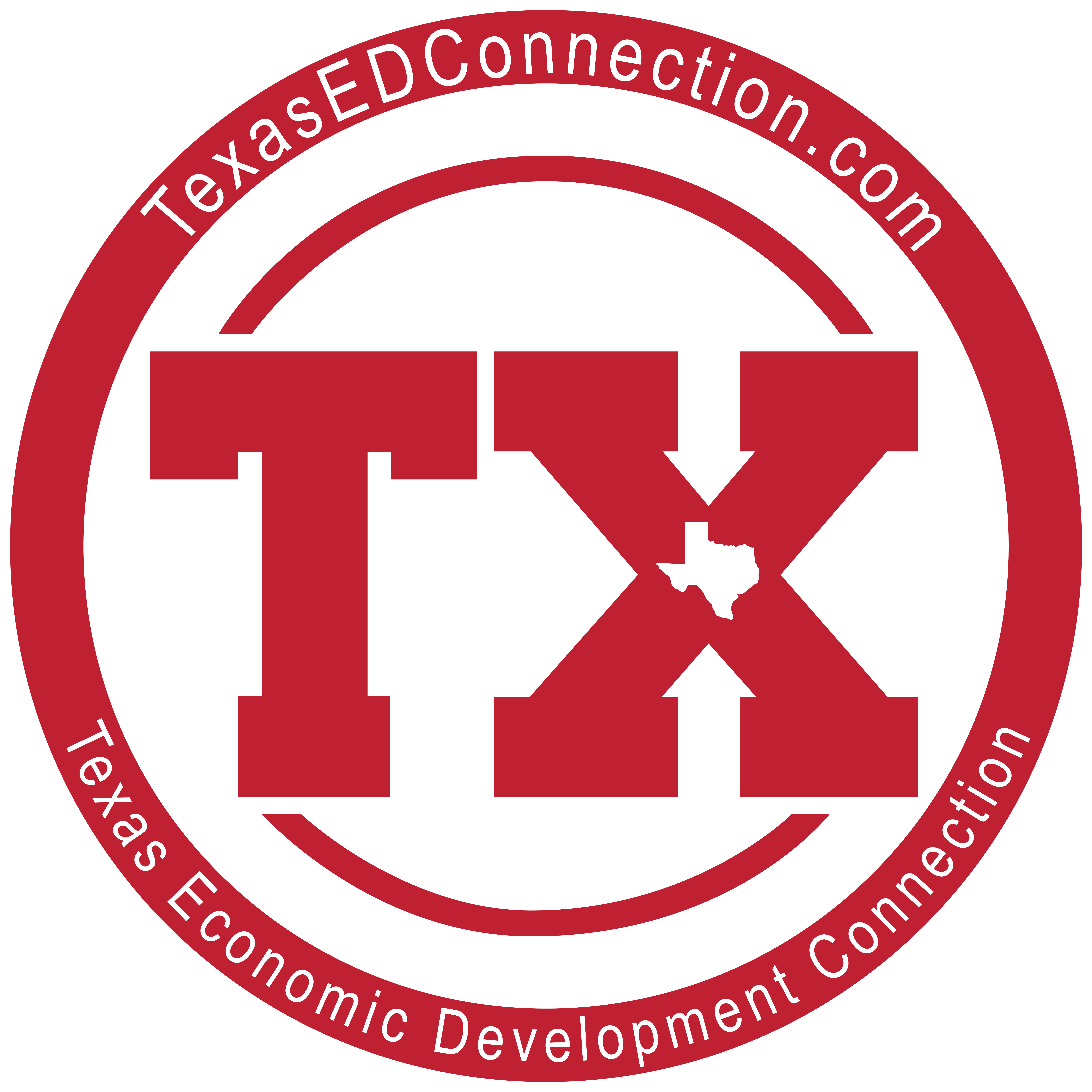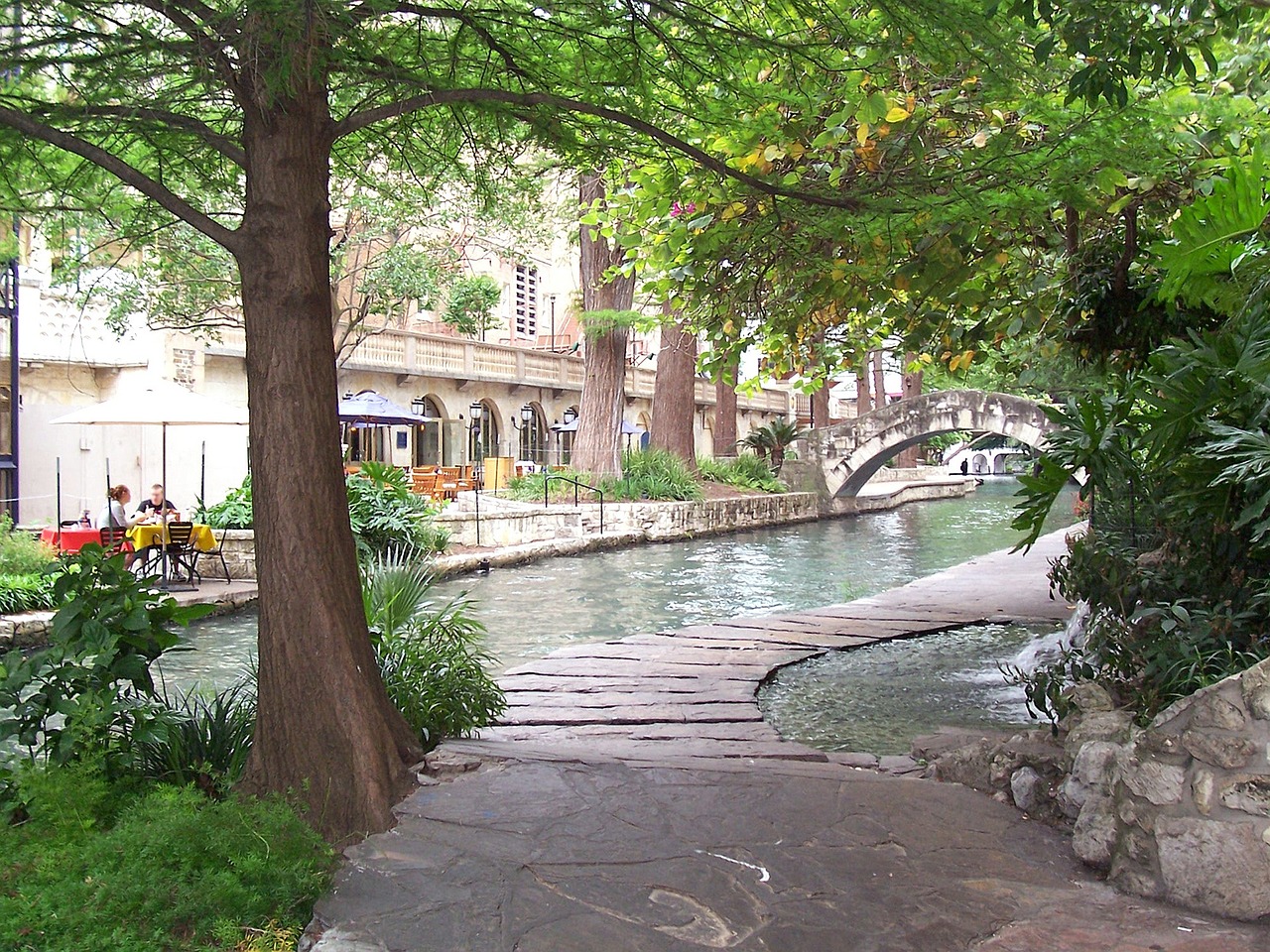Before World War II, Texas industries centered mainly on cattle and bison, cotton, timber, and oil. Today, the Lone Star State is home to the most Fortune 500 company headquarters in the United States. Big industries in Texas still include agriculture and oil, and booming economic development has helped with expansion to energy, computers and electronics, aerospace, and biomedical sciences. In addition to all this economic growth, Texas is a desirable place to live with its diverse landscapes, cultures, and regions. From rivers to rolling hills, from lakes to coastlines, and from ranches to big cities, there is something for everyone in Texas. Are you considering a move to the great state of Texas? Read on to learn more about how to choose where to move when you relocate to Texas.
The West Texas Region: Midland, Odessa, and San Angelo make up the metropolitan areas of this region, and the major industries in West Texas include energy, oil and gas, manufacturing, transportation, and distribution.
The Upper Rio Grande Region: El Paso, which is tucked between the Franklin Mountains and the beautiful Rio Grande, is part major metropolitan center and part modern western town. It serves as a major transportation hub and has plenty of business in automotive, biomedical, defense, electronics, and medical device sectors.
The Upper East Texas Region: There are three metropolitan areas in this region which include Longview, Texarkana, and Tyler. Tyler boasts a diversified economy with key sectors like healthcare, manufacturing, and retail. A great infrastructure in the region helps this area to be well connected.
The Southeast Texas Region: The Beaumont-Port Arthur metropolitan area is the economic center of the Southeast region. Major industries here include chemical and petroleum manufacturing and transportation; it’s home to major companies like ExxonMobil, Goodyear, and Valero.
The South Texas Region: Its proximity to the border makes South Texas a truly international area and an important economic center. Foreign trade zones in the region make it prime for major growth. Major cities such as Laredo, McAllen and Victoria are all experiencing major economic development.
The Northwest Texas Region: Abilene offers a strong sense of community and a slower pace of life. Its Western heritage makes it a staple of Texas culture. In Wichita Falls, the city is developing as a key supplier hub for major aerospace and aviation manufacturers.
The Metroplex Region: One of the most desirable regions in Texas is the 19-county Metroplex, which includes the Dallas-Fort Worth area. As the third-largest city in Texas, Dallas boasts a business-friendly environment, a low cost of living, a central location, and a highly skilled workforce. It’s become well known as an innovation hub and a place with a great quality of life.
The High Plains Region: North Texas is home to the High Plains, a 41-county region that stretches from Oklahoma to New Mexico to Lubbock. Amarillo and Lubbock are the major metropolitan areas here, and the region is ideal for agriculture.
The Gulf Coast Region: There’s no place like coastal Texas. You can have a beach life in the Lone Star State, complete with activities like fishing, boating, and plenty of nature trails and state parks. The growing economy in this area is home to healthcare, energy, aerospace, and shipping industries. The major economic center in the area is Houston, a great city for business, families, and growth.
The Central Texas Region: Central Texas is home to 20 counties deep in the heart of Texas. There are three metropolitan statistical areas in this region, including Bryan – College Station, Killeen-Temple, and Waco. Waco is a family friendly town with a rich history and a growing economy. Higher education is a huge draw to the area with schools like Baylor and Texas A&M nearby, and there are plenty of major business sectors including manufacturing, information systems, and technology.
The Capital Region: Austin has emerged as one of the most dynamic cities in Texas. It boasts a thriving tech industry and is full of young professionals and entrepreneurs in all kinds of industries. The region also has legendary live music, plenty of options for outdoor activities, and a fabulous food scene. Austin is conveniently located near plenty of roadways, railways, and airports, helping its growth as a great business hub.
The Alamo Region: There are 19 counties in the Alamo region, which spans about 18,000 square miles in south-central Texas. Whether you’re seeking to settle in the Hill Country or on the Gulf Coast of Texas, the Alamo region has a lot to offer. The Guadalupe and Comal Rivers run through the region, making it a great destination for recreation. Fredericksburg and New Braunfels offer charming downtowns, and the bigger city of San Antonio manages to maintain the close community and small town feel. A strong economy prevails in this area, thanks to a high concentration of businesses that support the oil industry.
Are you ready to relocate to Texas? The Texas Economic Development Connection is a team of certified economic developers who can help you on your journey to become a Texan. Set up a call with the Texas Economic Development Connection, and discover which region would be the best new home for you.




